Patented Game Mechanics That Might Surprise You
A look at the protected inventions behind Mass Effect, Tekken, Final Fantasy, Katamari Damacy, and...Pikmin DS?
Gaming has a lengthy history of knockoffs, dating right back to Pong and stretching to the present day's inundation of shameless me-too mobile and tablet titles. So it should come as no surprise that gaming has an equally lengthy history of companies filing patents to counteract those knockoffs. Some of these may be relatively well known, such as Namco's patent on letting players play minigames during loading screens or the force feedback patent that saw Immersion win its nearly $100 million lawsuit against Sony over the DualShock line of controllers.
But patents in games go beyond the periphery and peripherals; many of them cut right to the heart of some of the most popular and successful games in the industry. To give an idea of what sorts of features game companies are afraid will be pilfered, we've compiled a selection of 10 strange and striking patents from the United States Patent and Trademark Office, complete with each patent's abstract, art showcasing the idea in theory, and screens of the patented systems in practice. Included are an array of features that span the spectrum of importance, from core gameplay to nearly irrelevant window dressing. There's even one patent that to our knowledge has never been used. (Although we certainly hope that changes in the near future!)
What's patented in these games?
- Final Fantasy X
- Tekken
- Sonic the Hedgehog
- SoulCalibur
- Mass Effect
- Xbox 360 Achievements
- Katamari Damacy
- Pac-Man Vs.
- Midtown Madness 3
- Pikmin DS
Final Fantasy X
Excerpt from the patent: A setting map is displayed in which two kinds of map points relating to character capability setting, map points for restricting marker position movement, and map points that are irrelevant to the character capability setting are arranged. A marker movement destination is accepted in a movable range corresponding to first points that have been acquired during progress of a game and the first points are decreased in accordance with the accepted marker movement destination. The movement destination map point and map points adjacent to it are employed during processing subject map points. A category of each processing subject map point is recognized, and it is judged whether second points corresponding to the recognized category is greater than or equal to a prescribed value. A capability corresponding to a desired map point is set in accordance with a judgment result in response to a decision manipulation of the player and the second points are decreased by a prescribed value.
What it means: Instead of using the standard Japanese role-playing game mechanic of having characters get better in basically everything whenever they level up, Final Fantasy X gives you more say in how your characters develop. To do that, the game introduces the Sphere Grid system, where you are placed on a giant map where each circle you visit grants the character a specific stat bonus or ability. Every time characters level up, you can move them to an adjacent and previously unvisited spot to get a boost, or backtrack through a handful of spheres to get closer to a more desired upgrade.
Tekken
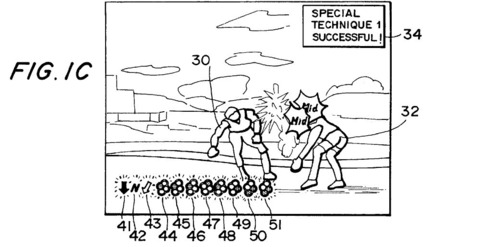
Excerpt from the patent:The objective of this invention is to provide an image synthesis method, sound synthesis method, games machine and information storage medium for making it easy to learn a complicated operating sequence from a game controller. This system determines whether an input sequence by which operating buttons are pressed in sequence matches a standard sequence that is specified by standard operations (41) to (51). If the input sequence matches, a matching identification symbol lights up. When an operating button is pressed, an identification sound that identifies the press operating button is output. The player can perceive the operations to be input and the operations that the player has input from these identification symbols and sounds. This makes it easy to acquire special techniques used in a fighting game. Outputting identification symbols and sounds in this manner is particularly effective in a training mode.
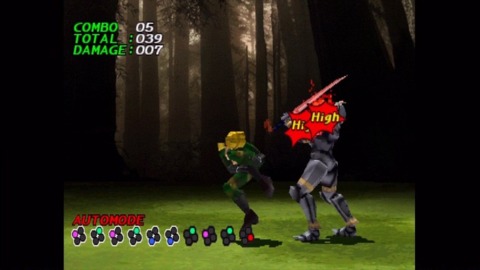
What it means: The Tekken series has long boasted one of the best training modes in the world of fighting games, which is sort of like being the side-scrolling beat-'em-up game of 2012. It's still something to be proud of, but the competition is generally lacking in both quality and quantity. While series like Street Fighter could simply include quarter-circle fireball motions in the instruction book and call it a day, learning the commands and timing for Tekken's numerous 10-hit combo strings necessitated a training mode of some sort. The Namco patent shown here (one of several relating to its fighting franchise tutorials) covers the display of inputs in sequence to the player and the audiovisual cues that let you know you pressed a button at just the right moment to continue your combo. So if you're wondering why so many fighting games have such terrible tutorials--and some people definitely are--the fact that Namco has a patent on a good technique for teaching timing probably isn't helping matters.
Sonic the Hedgehog
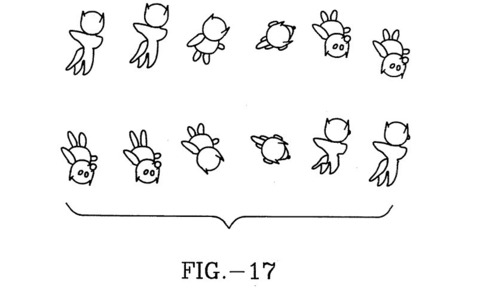
Excerpt from the patent: A method is provided for controlling the appearance of a video game character, as the character traverses a path displayed on a display screen; wherein the method is used in a video game system which includes a graphics controller, digital memory and a display screen, the method comprises the steps of: displaying a banked path segment in which the game character is displayed upright at at least one location on the banked path and is displayed upside down at at least one other location on this banked path; storing multiple sprite patterns representative of the appearance of the character at different locations on the banked path as the character traverses the banked path; tracking the character location on the banked path as the character traverses the banked path; retrieving the stored sprite patterns that portray the character at different locations on the banked path; and displaying a character using the retrieved patterns such that the character has different appearances at different locations on the banked path.
What it means: You know in the original Sonic on the Genesis, when Sonic runs through the corkscrew loops and you see the sprite upside down and at angles? That's about it.
Soul Blade/SoulCalibur
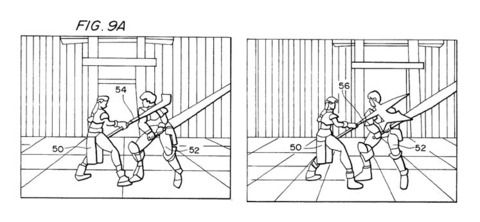
Excerpt from the patent: An object of the present invention is to provide a game device which gives variety to a fighting game for leading a player to play the game repeatedly, and to provide an information storage medium usable in the game device. The player can select one of a normal game mode in which a game character controlled by the player fights against an enemy game character and a weapon obtaining mode in which the player's game character can obtain an item (e.g., weapon) to be used. The weapon obtained in the weapon obtaining mode can be used in the normal game mode. Depending on the weapon used by the player's game character, various functions such as the number and type of special techniques, the basic position, a series of actions subsequent to the basic position, a hit area of weapon, offensive power, durability and so on may be changed in the same game character controlled by the player. The weapon obtaining mode may also be used as an operation guidance mode for beginners. In the weapon obtaining mode, a map having a plurality of points set thereon is displayed. The map can display information relating to a weapon obtainable at each of the points on the map.
What it means: Do you remember Soul Blade on the original PlayStation, the precursor to the SoulCalibur series? It had an Edge Master mode that put you through a series of challenges for each fighter, earning new weapon variations for each mission cleared. For example, Rock's default weapon in the game is a battle axe, but he can earn access to a stone club, a warhammer, and other weapons with different attributes. Namco patented this system, as well as the ability to bring those newly unlocked weapons into the rest of the game's modes, and used it in a number of subsequent SoulCalibur titles.
Mass Effect
Excerpt from the patent: A system and method for creating conversation in a computer program such as a videogame. A plurality of classes of dialog is provided and a conversation segment is assigned to each class. A graphical interface is displayed during operation of the program that provides a choice indicator, wherein the choice indicator has a plurality of selectable slots, each associated with a dialog class. The graphical interface is consistent as to the position of dialog classes throughout at least a segment of the program.
What it means: This patent covers Mass Effect's dialog wheel interface, right down to splitting it into six sections and having the jerk decision always falling into one area and the goody-two-shoes response always in another. It also covers the paraphrasing of the wheel's dialog options, putting character actions into the wheel instead of words, and a few other treatments.
Xbox 360 Achievements
Excerpt from the patent: Systems and method for providing a game achievements system where players are rewarded with game achievements based on mastering certain in-game facets of the games they play. Each game achievement may be conveyed in a profile as a badge or trophy, title, description, date, etc. Players may also accumulate points based on game achievements. A display interface may be made available such that a player may see his achievements and total points, as well as those of others.
What it means: Filed nearly a year before the Xbox 360's November 2005 launch, this one is actually pretty straightforward with its description. What's less straightforward is how Sony is using its very similar Trophy system for the PlayStation 3 and PlayStation Vita. Unfortunately, companies are under no obligation to disclose who they've licensed their patents to, or which products are covered by which patents. As a result, it's not clear if Sony licensed the rights to use Microsoft's system for its own product, if the two companies came to some other agreement for Sony to use it, or if Microsoft has just decided not to pursue a patent violation suit for whatever reason.
Don't expect either company to volunteer that information, either. A Microsoft representative told GameSpot, "While we don't comment on specific patents, it's important to note that Microsoft has hundreds of pending and issued game-related patents." A Sony representative did not return GameSpot's request for comment.
Katamari Damacy
Excerpt from the patent: A game performing method for executing a game by arranging a plurality of objects comprising a plurality of objects to be stuck and an operation object, in a virtual space, controlling rolling and movement of the operation object according to a player's input, and rolling and moving the operation object while sticking the objects which the operation object comes in contact with, comprises: setting a plurality of first displacement points capable of displacing only in predetermined radial directions different from each other, from a reference point respectively; displacing the first displacement point adjacent to a contact position, in the predetermined radial direction when the operation object comes in contact with the object to be stuck; setting a second displacement point in a position which meets a predetermined distance condition; and controlling the rolling of the operation object based on rolling surface reference points comprising the first and second displacement points.
What it means: The patent covers Katamari Damacy's core gameplay, which sees players rolling around a ball that picks up anything smaller than itself, with the goal of creating the largest snowball of junk in the allotted time. But going beyond the basic idea, Namco's patent also covers the nitty-gritty of how objects are stuck to the ball to ensure the overall shape remains sphere-like, from the way the angle at which acquired stuff sticks out of the ball to the way objects alter the rolling characteristics and calculation of total mass. It's a bit speculative on our part, but the specific way the game determines how objects will stick out of the ball could even explain why the core Katamari is actually a bumpy collection of mounds rather than a perfect sphere. The patent also suggests variations on the theme based on the temperature or weight of another object instead of the size. Some of those variations found their way into newer installments of the series, like Beautiful Katamari.
Pac-Man Vs.
Excerpt from the patent: A game system is composed of a TV, a hand-held game machine, and a game apparatus, for example. A hand-held game machine and a plurality of controllers are connected to the game apparatus, for example. The hand-held game machine displays a first game screen which indicates the positions of first to fourth characters in a game space. The TV displays second game screens which respectively correspond to second to fourth characters, each of the second game screens displaying only a limited extent of the game space. When a predetermined condition is satisfied, an operable character for a player is switched from a first character to a second character. Since different extents of game space are displayed for different characters, an interesting game can be provided.
What it means: This one is all about the 2003 Namco-Nintendo collaboration Pac-Man Vs. That experiment in system synergy offered its own twist on the classic Pac-Man formula. While one player controlled a seemingly standard game of Pac-Man on the GameBoy Advance, three friends controlled the ghosts pursuing the pill-popping mascot around the mazes. To make the fight fair, only the Pac-Man player could see the entire maze. The ghost players could see only the areas immediately surrounding their characters and had to coordinate efforts to trap the wily and omniscient Pac-Man. The game was designed by Mario creator Shigeru Miyamoto himself, who is listed as the primary inventor on the patent.
Midtown Madness 3
Excerpt from the patent: Methods and systems for administering and playing a multi-player computer game are disclosed. During the multi-player computer game, players are either identified as a predator or as prey. The predator players attempt to catch the prey, and the prey-players attempt to evade the predator(s). When a prey is caught, the caught prey becomes an additional predator. During game play, predator players' display screens may display a directional arrow indicating the direction of the closest prey, and may also display a map indicating a position of each remaining prey. Predators may be displayed on each participants display screen with a first graphically depicted appearance (e.g., a police car), while prey may be depicted having a second graphically depicted appearance (e.g., a sports car). The game ends when no prey remain, and the last caught prey is the winner.
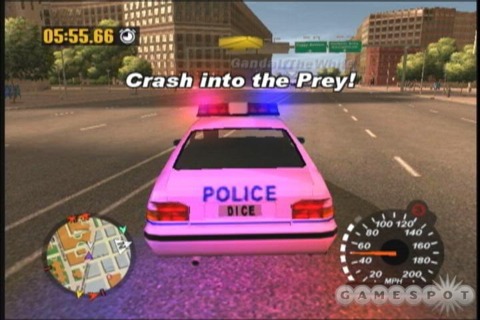
What it means: There's not much jargon and legalese in here to disguise the fact that Microsoft patented a vehicular twist on the game of tag. That's right. Tag.
Pikmin DS?
Excerpt from the patent: When a player is controlling a first object with a pointing device, an in-operation flag indicating that the player is controlling the first object with the pointing device is set as "ON". When the in-operation flag is set as "ON" and a second object is within a predetermined distance from an input position of the pointing device, the second object is selected. When the in-operation flag is set as "OFF", that is, when the player stops controlling the first object, the first object is caused to perform a process for exerting an effect on the second object having been selected.
What it means: This is essentially a more intuitive touch-screen treatment for the character AI in Pikmin. When you move characters near objects or enemies, they'll automatically react in a reasonable manner. But the more interesting part of this is the possibility that Nintendo had started development on a DS version of Pikmin. The patent was filed in 2006, and all we've heard about the franchise since then has been Shigeru Miyamoto's repeated teases that he wants to make another, but this touch-screen-tweaked treatment of the series would still be perfect for the 3DS or perhaps the Wii U…
Got a news tip or want to contact us directly? Email news@gamespot.com
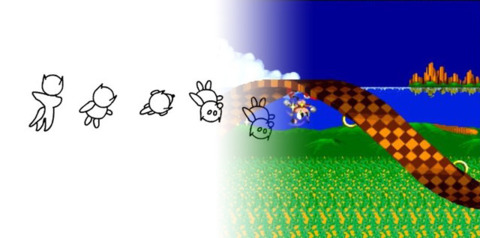
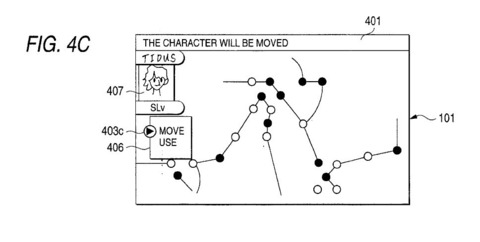
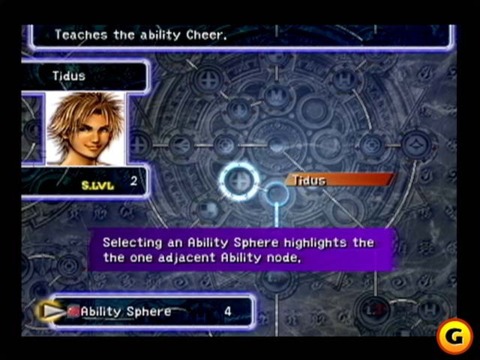
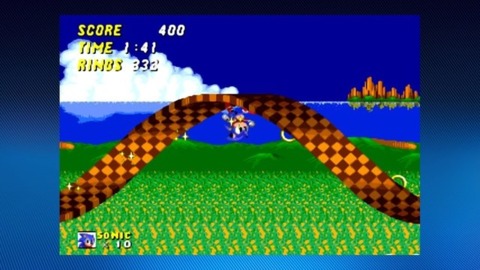
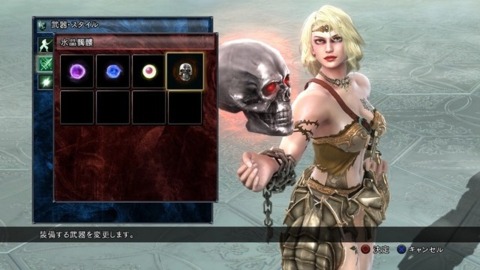
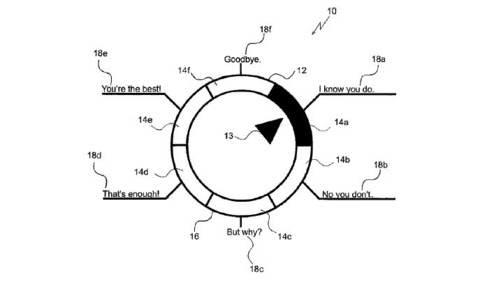
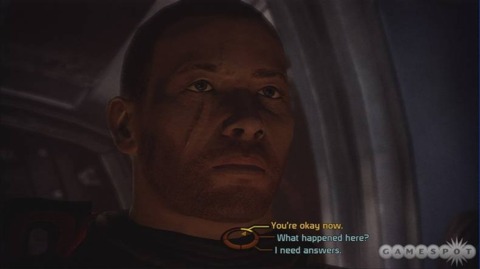
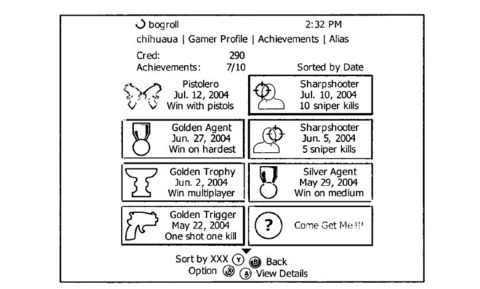

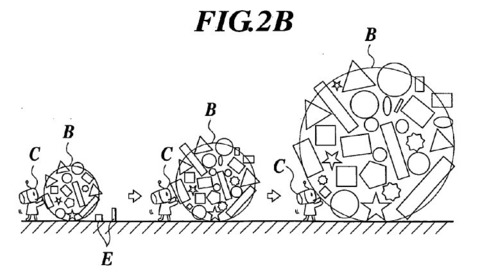
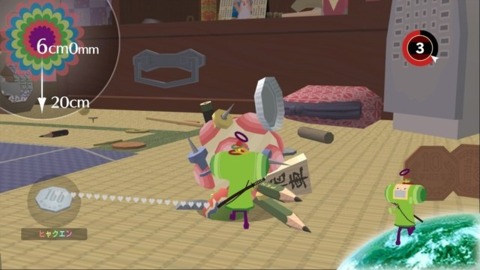
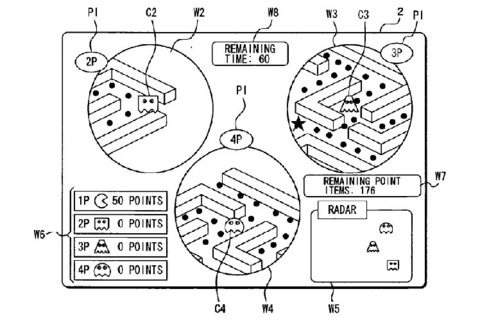
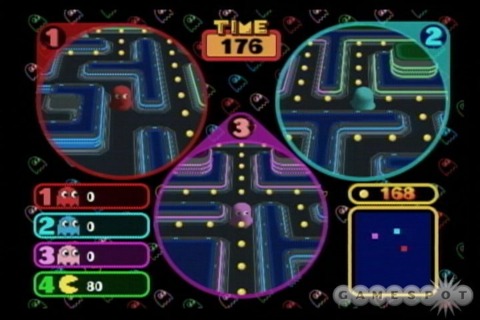
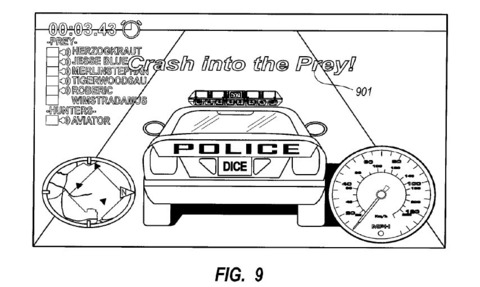
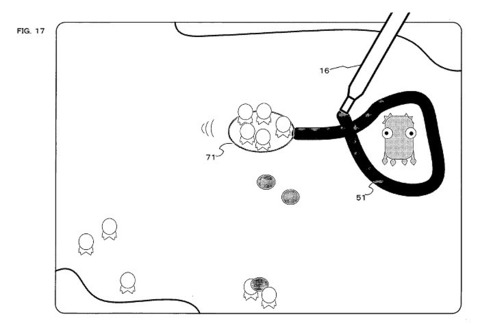
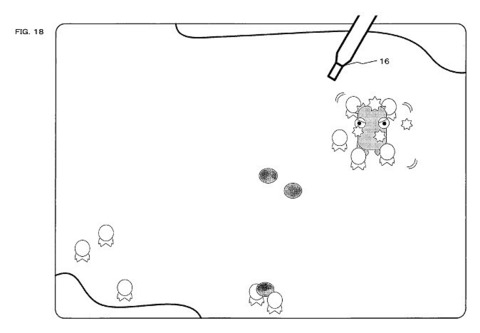
Join the conversation